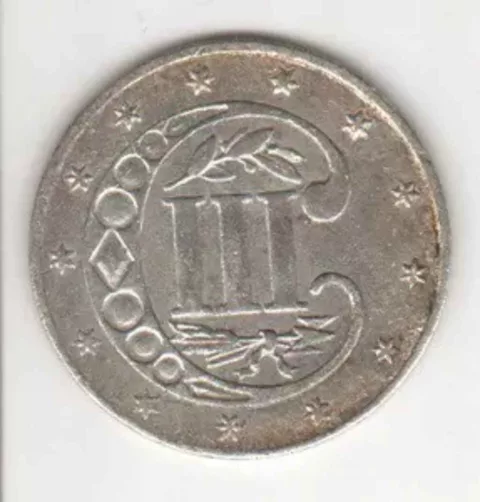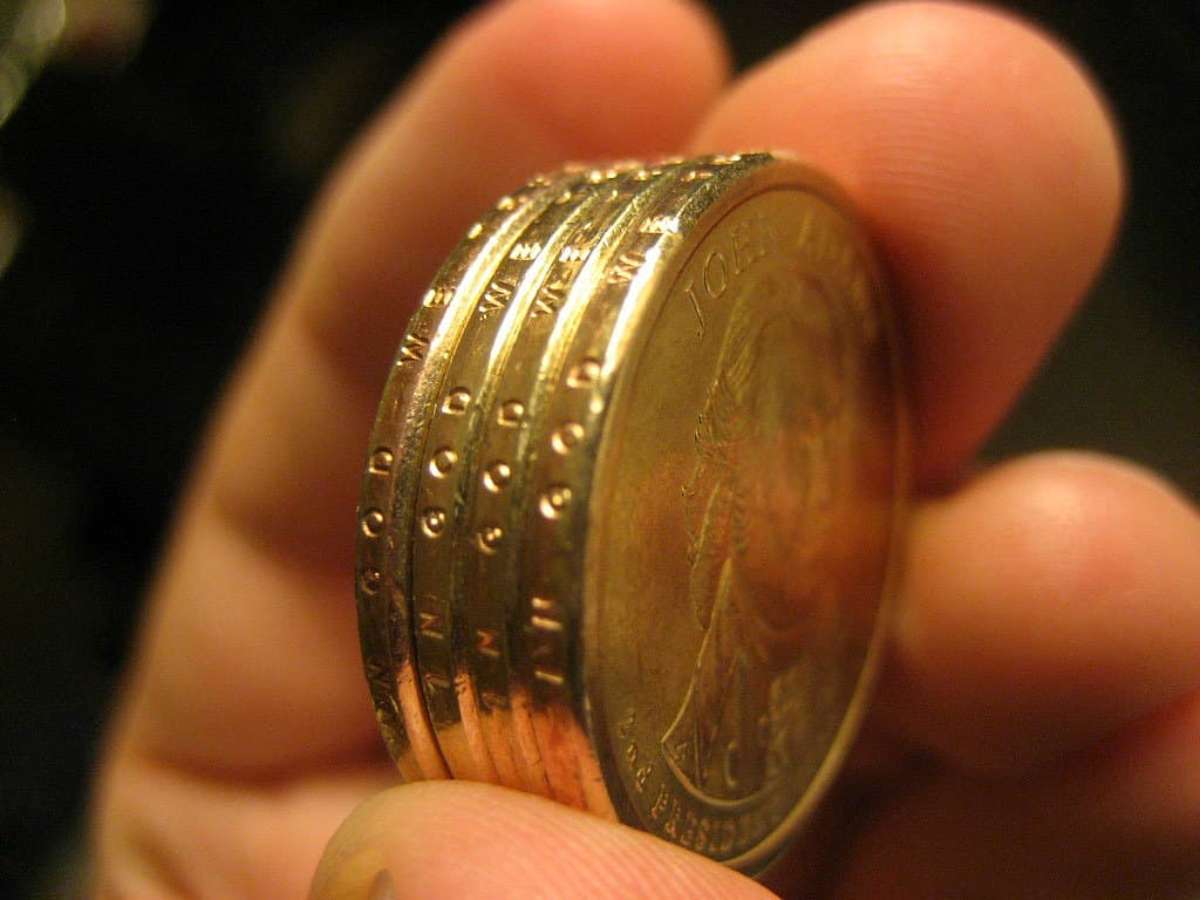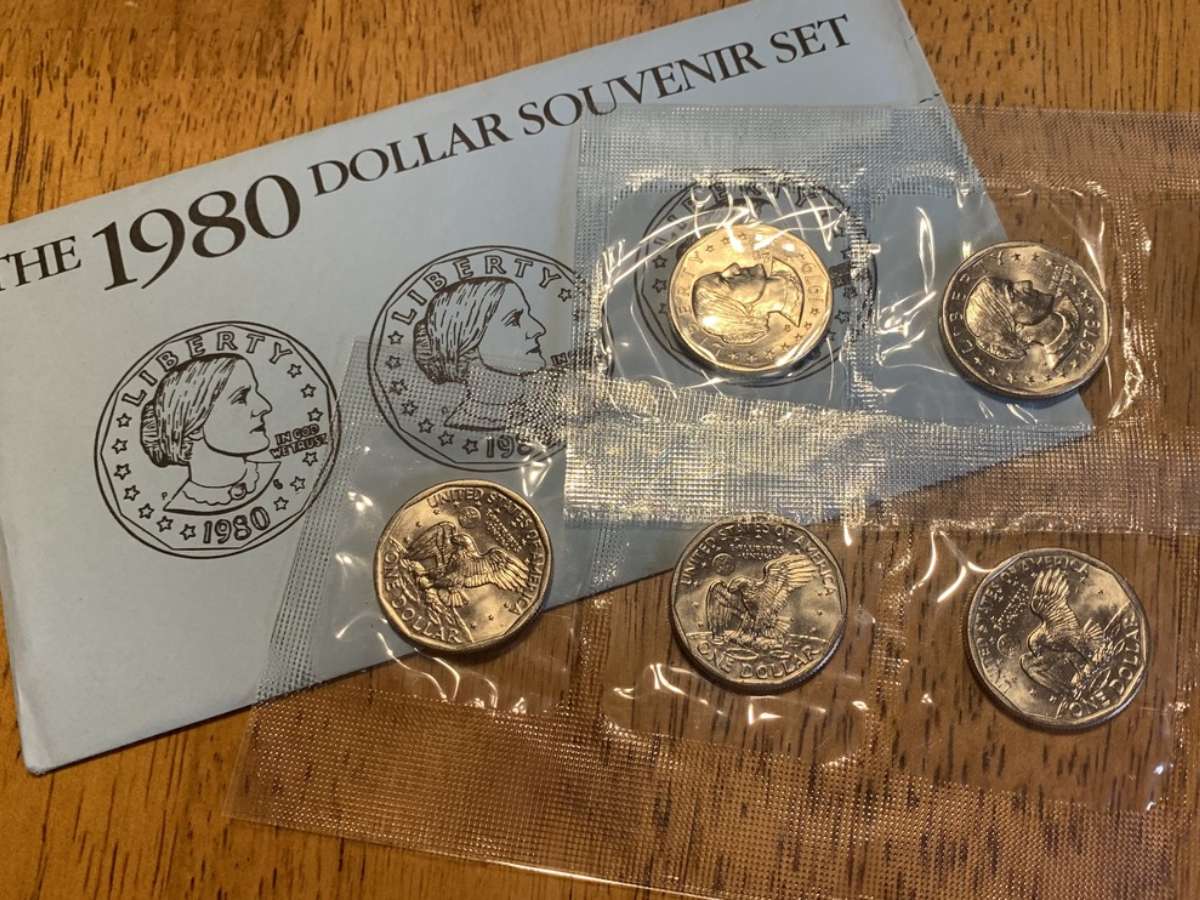
The trime… the name surely sounds much like dime.
Well, in terms of small-diameter coins, the trime and dime are pretty much relatives.
However, in terms of buying power, a dime is more than 3 times as strong as the trime.
That’s because a trime is a silver three-cent piece!
Here are some fun facts about America’s silver 3-cent coin called the trime…
Small Change Coins: Yesterday vs. Today
These days, small change includes the:
Small change back in the 19th century meant coins like:
- The half cent
- Large cent
- Two cent coin
- Three cent coin (2 types of them!)
- Half dime
- Dime
- Twenty cent piece
Yes, American coinage 150 years ago was very colorful!
Now, let’s look at a bit of history surrounding the trime — a coin that was born from the need for small circulating silver coinage at a time when silver was scarce and the U.S. Postal Service charged just 3 cents to mail a letter.
The Silver Trime Coin
Back in the 1850s, small change was still a big part of daily life.
In fact, everyday usage (and hoarding!) resulted in a severe shortage of silver coins.
The United States Mint, trying to address the shortage of silver coins while still producing a coin that had a bullion value close to its face value, created the three cent silver coin — the trime.
The trime coin was first minted in 75% silver and 25% copper.
Beginning in 1854, it had a composition of 90% silver and 10% copper.
At only 14 millimeters, the trime coin quickly became the smallest silver coin in circulation, too!
A 3-cent denomination made sense — especially at the time. With the United States Postal Service delivering letters for 3 cents, a three-cent coin was particularly convenient for purchasing postage.
NOTE: At the time, the postal service was really the only communications link between individuals. The use of telegraphs was still in its infancy.
Trime Coin Designs & Variations
The three-cent coin was designed by James Longacre — who was the artistic hand behind many coins of the era, including the famous Indian Head penny.
On the obverse of the three-cent piece is a star emblazoned with the Union shield.
The reverse depicts the Roman numeral III inside a large C.
Over the course of its life from 1851 to 1873, the 3-cent coin went through a few design variations.
These are the 3 major silver trime coin varieties:
- Variety I: 1851 to 1853 — no leaves on reverse
- Variety II: 1854 to 1858 — leaves on reverse, bordered star on obverse
- Variety III: 1859 to 1873 — thin border around star
None of the varieties is particularly rare, at least within the context of the trime coin series.
The Trime’s Value Today
Overall, there are 11 rare dates among silver 3-cent coins (or trime coins).
It’s possible to get a silver trime coin in most dates of any variety for less than $50 — in grades as high as Fine to Very Fine.
The rare dates are found mainly among the last decade of the series (1863 to 1873).
Here’s a look at those dates and their approximate values:
- 1863 silver 3-cent piece: $500
- 1864 silver 3-cent piece: $500
- 1865 silver 3-cent piece: $500
- 1866 silver 3-cent piece: $500
- 1867 silver 3-cent piece: $500
- 1868 silver 3-cent piece: $700
- 1869 silver 3-cent piece: $450
- 1870 silver 3-cent piece: $450
- 1871 silver 3-cent piece: $450
- 1872 silver 3-cent piece: $700
- 1873 (Proof) silver 3-cent piece: $1,500




